As SynAir-G partners, the Aerobiological team from the Department of Ecology, School of Biology, Aristotle University of Thessaloniki (AUTH), have been working on the challenging task of automation of bioaerosol monitoring.
Bioaerosols are airborne particles of biological origin that are a common part of the air we breathe indoors and outdoors, including pollen grains, fungal spores, bacteria, viruses, living and dead debris and fragments from plants. However, certain types of bioaerosols can trigger allergic reactions in sensitized individuals living with allergic conjunctivitis, allergic rhinitis or allergic bronchial asthma, while others can be infectious or harmful. Under certain environmental conditions, they can spread in large amounts, intensifying their potentially harmful effects. The challenge today is that current technology isn’t advanced enough to monitor them in real time or provide automated, reliable risk alerts for certain harmful types. Existing monitoring systems are either reliable and accurate but very expensive, or more affordable but not accurate or reliable enough to support operational risk alert systems and forecasts. This means that bioaerosol exposure, especially to aeroallergens, is not yet widely or openly communicated to the public. In most cases, information is available only for specific locations and is be based on unvalidated data.
Led by As. Prof. Thanos Damialis as the Principal Investigator (PI) and Dr. Thanasis Charalampopoulos as co-leading researcher, the Aerobiology Unit from the Department of Ecology, School of Biology at AUTH is working on a new mid-range automatic bioaerosol sensor, the same type already installed and operating in 25 schools across Europe as part of the SynAir-G project. AUTH is in charge of investigating its technical specifics, how it currently works and the results the sensor produces. Most importantly, AUTH is responsible for evaluating, cross-validating and optimizing its operation, regarding both its hardware and software. By the end of the SynAir-G project, AUTH aims to deliver the first operational, low-cost, automated, near-real-time bioaerosol sensor that provides the most reliable and accurate data, meaning with minimal data gaps and the highest precision for bioaerosol identification. It should also feature traits that make it suitable for sampling indoors, such as being compact, low-weight, and quiet.
This work is the first of its kind, given that most efforts worldwide, but also in terms of European funding, have been focusing on high reliability sensors that are high-cost, large and heavy, making them difficult to be used indoors. These approaches create a gap in public awareness and information, as the data they generate only cover a small part of European or global exposure and therefore, cannot support global aeroallergen forecasting. The SynAir-G bioaerosol sensor aims to bridge this gap, as it is being developed for wide use not only by health and environmental organizations, but also by smaller businesses, municipalities, and even individual users like physicians, to better inform and support allergic patients.
To support this effort, AUTH has been classifying thousands of images of known and highly allergenic plants, developing an image database. Some are unique and clinically important in specific regions – such as birch (Betula) pollen for Central and Northern Europe, and olive (Olea), wall pellitory (Parietaria), and cypress pollen for the Mediterranean – while others are major allergens globally, such as grass pollen (Poaceae) and fungal allergens (e.g. Alternaria spores), linked with respiratory allergies worldwide (Figure 1). This image database supports optimizing the performance of the sensor and improve its commercial classification algorithm, with the goal of achieving a new level of accuracy. This is expected to provide a unique value for money. AUTH is expected to show concrete results of their work under SynAir-G in some forthcoming annual meetings in November.
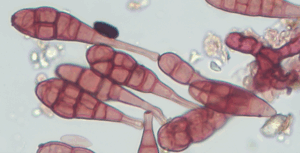
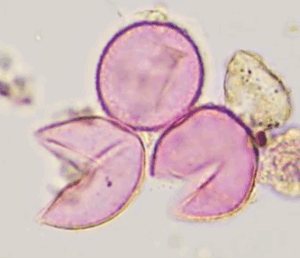
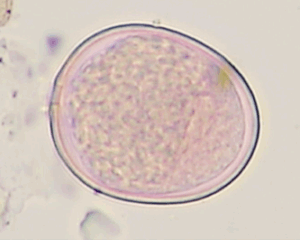
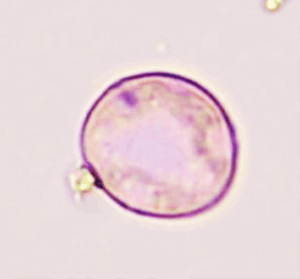
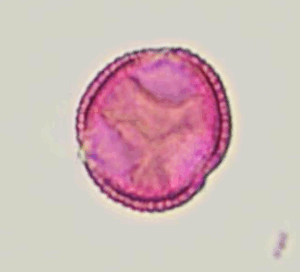
Figure 1. Images of different pollen grain and fungal spore taxa as seen under the microscope (x400 magnification)
Stay connected! Follow Synair-G on Twitter and LinkedIn, and subscribe to the SynAir-G Newsletter to receive latest updates.
